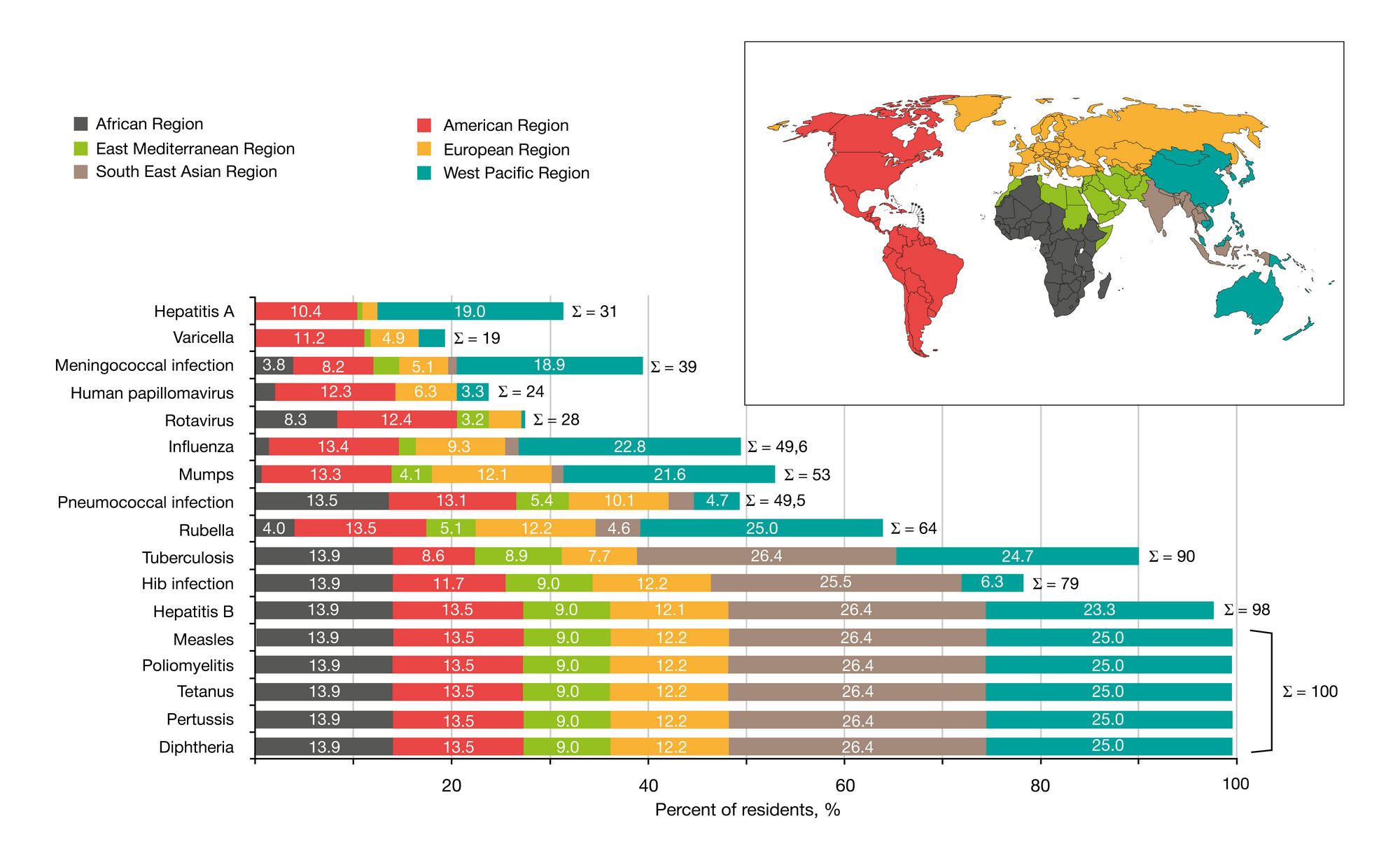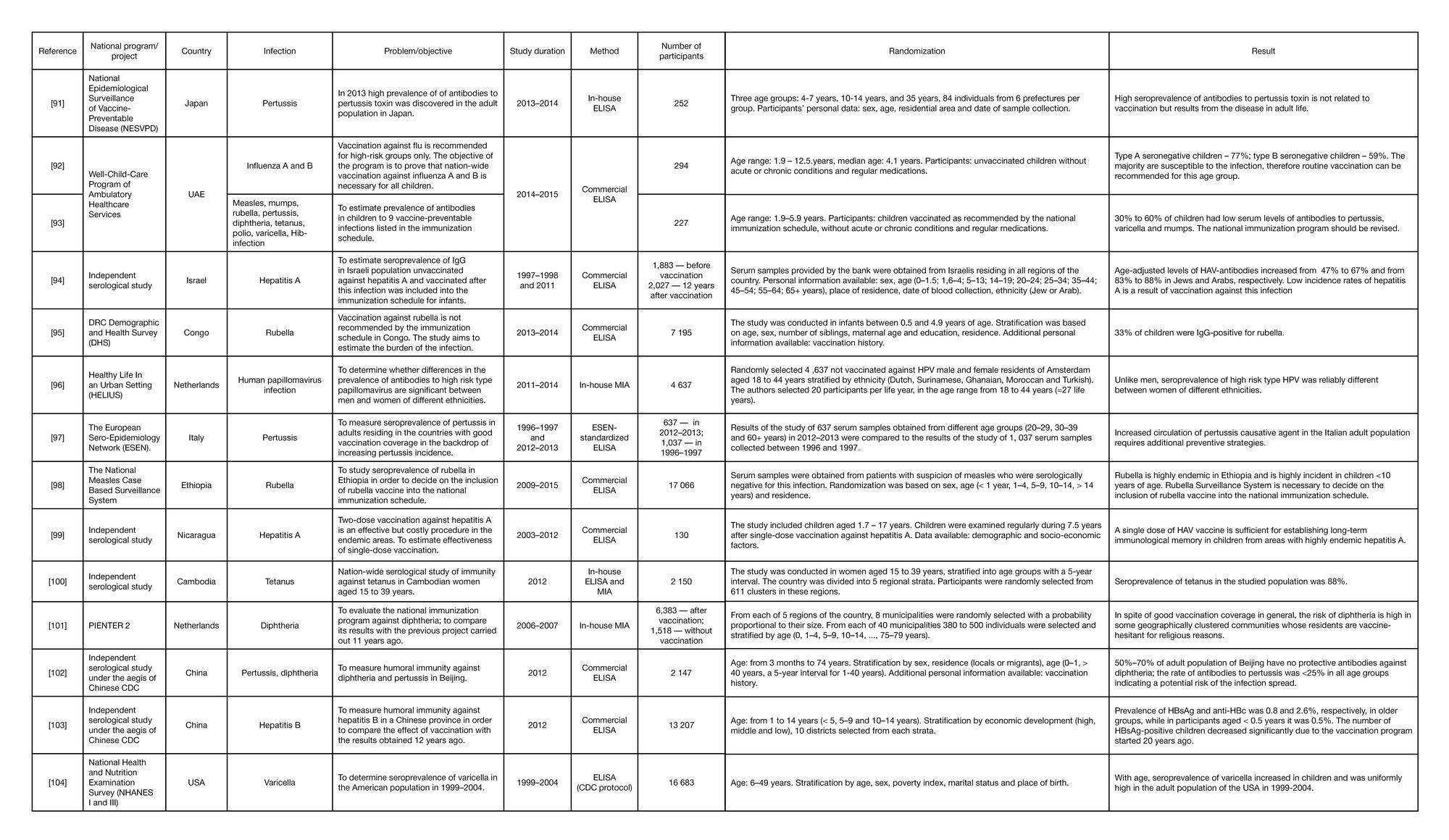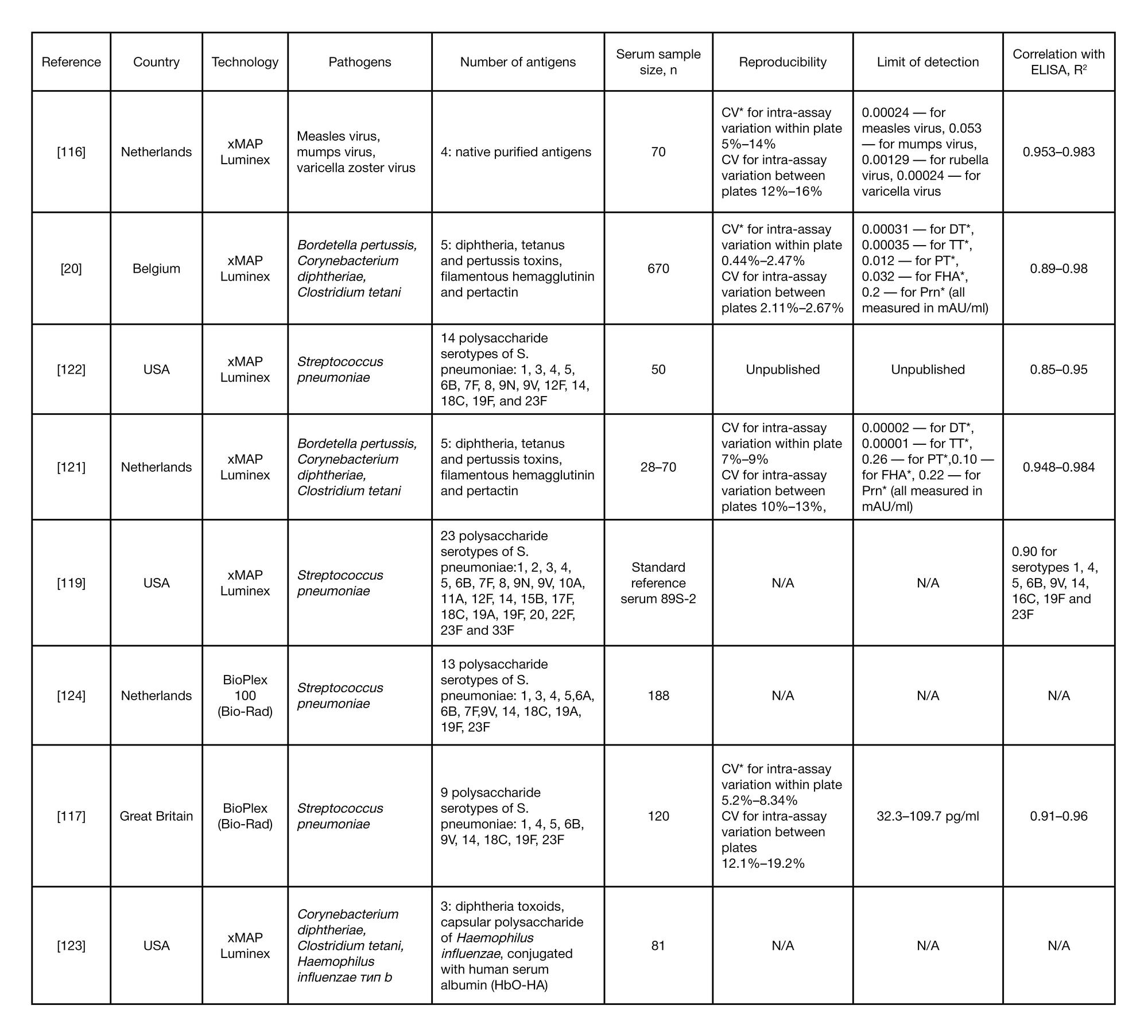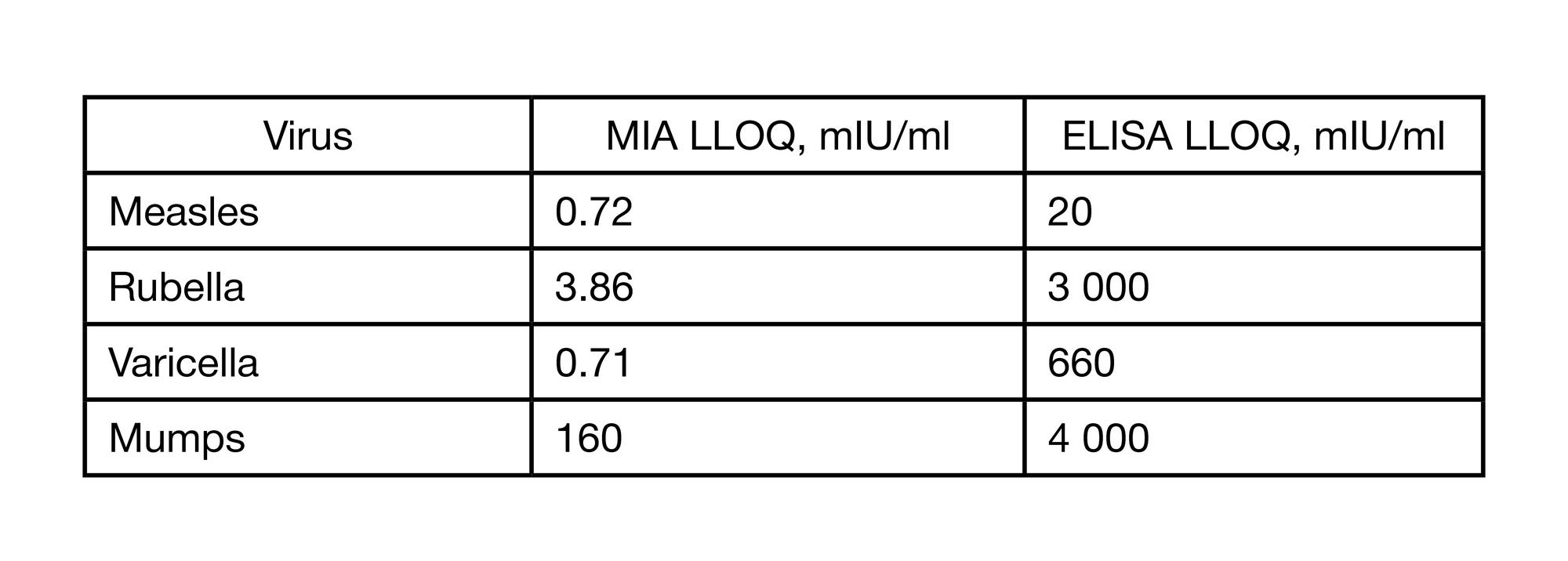
REVIEW
Immunological memory as a basis for a wise vaccination strategy. A rationale for introducing a comprehensive seroepidemiological surveillance system in Russia
1 Laboratory of Translational Biomedicine,N. F. Gamaleya Federal Research Center for Epidemiology and Microbiology, Moscow, Russia
2 Department of Virology, Faculty of Biology,Lomonosov Moscow State University, Moscow
3 Institute of Molecular Medicine,I. M. Sechenov First Moscow State Medical University, Moscow, Russia
4 Department of Epidemiology,N. F. Gamaleya Federal Research Center for Epidemiology and Microbiology, Moscow, Russia
5 N. F. Gamaleya Federal Research Center for Epidemiology and Microbiology, Moscow
Correspondence should be addressed: Vladimir A. Gushchin
ul. Gamalei, d. 18, Moscow, Russia, 123098; moc.liamg@adainawow
Funding: this paper was prepared with support of the Russian Ministry of Education and Science, project no. RFMEFI60117X0018.
All authors' contribution to this work is equal: selection and analysis of literature, planning of the manuscript's structure, data interpretation, drafting of the manuscript, editing.



